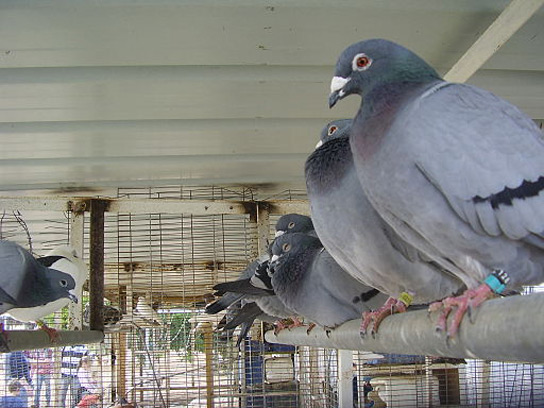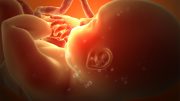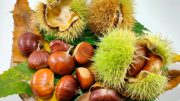
Homing pigeon racing. Credit: Chris Arnade
A new study indicates that nesting birds that feed on insects that hatch in lake or stream-bed sediments make good biological monitors for pollution.
The scientists published their findings in the journal Environmental Toxicology and Chemistry. This could help track environmental changes. The contamination in the sediments will make its way into the food web, and into birds as well as their young.

Photo from NJ Kegstand
In southern Illinois, the tree swallow (Tachycineta bicolor) still shows significant quantities of polychlorinated biphenols, a toxic chemical, in its eggs and chicks seven years after remediation efforts started at a capacitor-manufacturing plant. The findings prompted further sediment removal.
Thomas Custer, from the US Geological Survey’s Upper Midwest Environmental Sciences Center in La Crosse, Wisconsin, presented his findings at the annual meeting of the Society of Environmental Toxicology and Chemistry in Long Beach, California, last week. Custer and his group used swallows to monitor a 2010 project intended to remove contaminated sediments from Ohio’s Ottawa River, near Toledo. The birds indicate that this is no longer a hotspot.
Swallows forage over small distances, rarely more than 500 meters (1,640 feet) from their nests, indicating localized contamination. Researchers can also attract them to areas of interest by putting out nesting boxes on poles, because nesting sites are the birds’ most important environmental limit.
This can be easily replicated in a variety of different environments to monitor pollution and contamination remedial efforts, instead of relying on samples gathered from randomly collected animals.
The presence of nesting boxes also improves the birds’ habitat. The loss of a few eggs and nestling isn’t likely to hurt the species as a whole and it’s rare for more than 50% of the nestlings to survive.
Wildlife toxicologists also use homing pigeons to monitor air quality. These birds are still bred by hobbyists around the world. Many birds are kept in lofts, and in cities, on the top of many apartment buildings, so they breathe ambient air. Most of the homing pigeons’ life history is well known, something that isn’t possible for wild birds.
In a pilot study involving homing pigeons purchased from hobbyists in China, the Philippines, and the USA, researchers found shocking health-related differences, which were related to air quality. In Beijing and Manila, the scientists found black lungs and enlarged testes in the pigeons.
The lungs and livers from the birds from Beijing contained three or four times more polycyclic aromatic hydrocarbons, common by-products of fossil-fuel burning, than did those from areas with better air quality. “This suggests that other species, including humans, may also have adverse effects” from these environmental contaminants.
Reference: “Evaluation of polychlorinated biphenyl remediation at a superfund site using tree swallows (Tachycineta bicolor) as indicators” by Brian L. Spears, Michael W. Brown and Cyrus M. Hester, 9 December 2009, Environmental Toxicology and Chemistry.
DOI: 10.1897/07-625.1









Be the first to comment on "Swallows & Homing Pigeons Monitor Environmental Factors"